Introduction
Artificial Intelligence (AI) has long been regarded as a mere tool in the arsenal of human ingenuity. From simple calculators to self-driving cars, AI’s journey has been marked by increasing sophistication and wider integration into everyday life. However, a deeper look reveals a paradigm shift occurring: AI is no longer just an instrument used by humans—it’s evolving into a collaborator, a partner, a teammate. In this article, we will explore whether AI is still just a tool or has it transitioned into something far more integral to our lives.
We’ll examine its role in industries, workplaces, creative pursuits, and even personal lives, probing the nuances of how AI is moving from “tool” to “teammate.”
AI as a Tool: The Traditional View
Historically, AI was seen as a tool designed to perform specific tasks. Whether it was machine learning algorithms for analyzing data or natural language processing for translating text, AI’s primary function was to assist humans in carrying out processes more efficiently. It was no different from a hammer or a computer: a means to an end.
For instance, in the world of business, AI-powered software was typically used to automate repetitive tasks—things like managing inventory or sorting emails. In healthcare, AI was employed to aid doctors in diagnosing diseases, but it always played a secondary role: assisting professionals, not replacing them.
The Role of AI in Automation
Automation has been one of the key features of AI as a tool. Tasks that once required extensive manual labor—data entry, scheduling, analysis—are now handled by AI algorithms. These systems don’t think or “understand” in the way humans do; they simply follow instructions, processing information faster and more accurately than any human could.
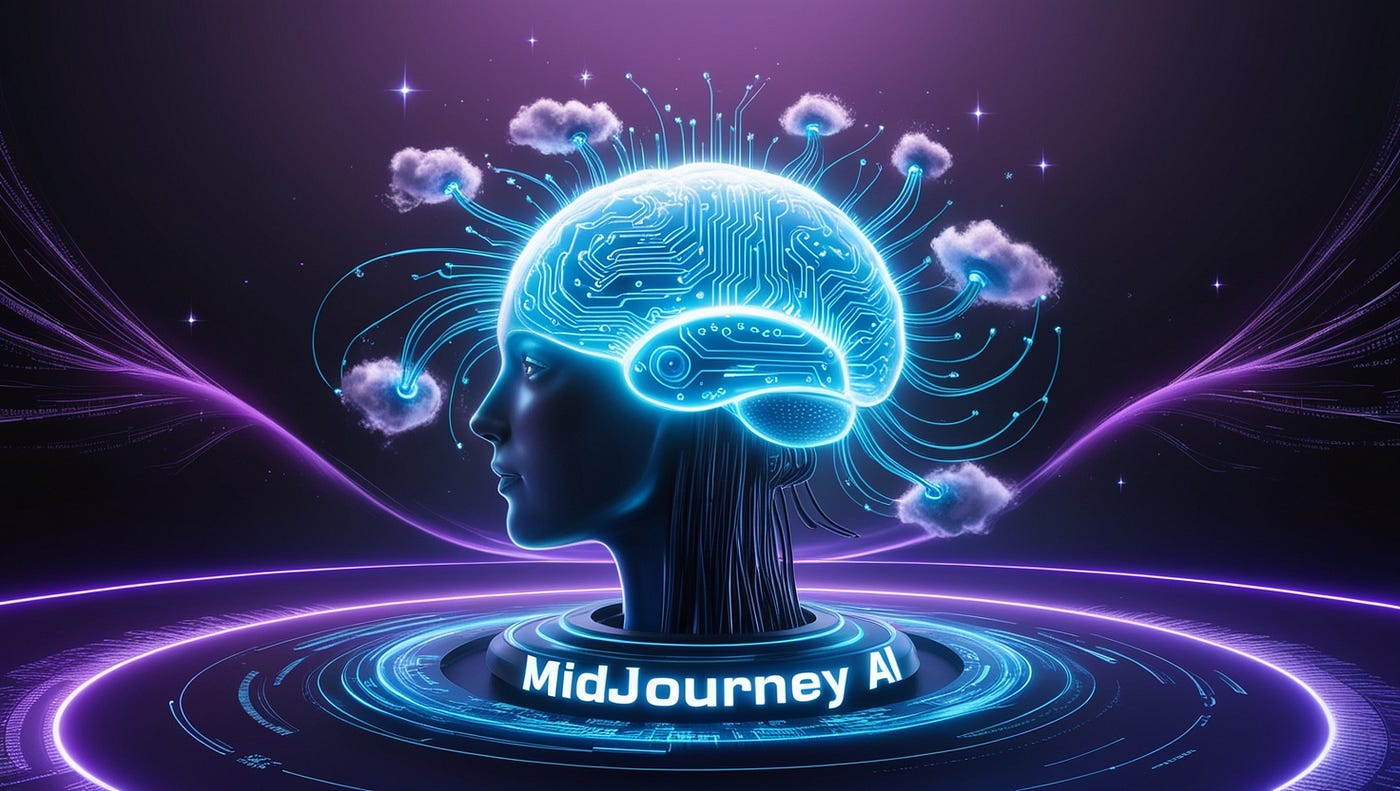
But, as impressive as this sounds, it’s still just a tool—a machine that does what it’s told. The intelligence it exhibits is not organic but rather the result of careful programming and training.
The Shift Towards AI as a Teammate
While AI started as a tool, recent advancements suggest a broader and more sophisticated role: that of a teammate. AI systems are no longer passive, predefined machines; they can now interact with humans in more dynamic, context-sensitive ways. This is particularly evident in fields that require complex problem-solving, creativity, and even emotional intelligence.
AI in the Workplace: The Co-Worker of the Future
One of the most telling signs of AI’s evolution is its increasing presence in the workplace as a “co-worker” rather than just a tool. AI assistants like chatbots, digital assistants (Siri, Alexa), and project management tools are no longer mere automation engines—they are becoming integrated members of teams. They help organize meetings, provide recommendations, analyze data, and even offer solutions in brainstorming sessions.
Example: AI in Software Development
In software development, AI is increasingly being used for code review, debugging, and even writing code. Tools like GitHub Copilot, powered by OpenAI’s Codex, don’t just help developers—they actively collaborate. By suggesting code snippets and helping with error resolution, these AI assistants function as teammates, augmenting the creativity and problem-solving capacity of developers.
Rather than being passive tools, AI systems are actively helping humans make decisions and improve processes. They are no longer just “doing work for us” but working with us.
AI and Human Creativity: Partners in Artistic Expression
In the realm of creativity, AI has made remarkable strides, evolving from an “assistant” to a creative collaborator. For example, AI systems like OpenAI’s DALL·E and ChatGPT can generate art, compose music, and even assist in writing stories. While traditional tools—like a paintbrush or a musical instrument—require human effort and imagination, AI tools now contribute to the creative process.
Example: AI in Art and Music
AI-generated art has become a field of interest in the creative industry. Programs can take a prompt and create intricate digital paintings, offering a collaboration between human creativity and AI’s technical prowess. Musicians also use AI to generate melodies or provide alternative harmonies, enhancing their compositions in ways previously unimaginable.
Rather than replacing human artists, AI opens new possibilities and pathways, becoming a teammate that assists in exploring creative horizons. The result isn’t AI-produced art or music in isolation; it’s a fusion of human imagination and machine-assisted creativity.
The Emotional Intelligence of AI: A New Dimension of Teamwork?
Another facet where AI is beginning to act like a teammate rather than a tool is in its ability to engage with humans emotionally. AI-powered systems are becoming increasingly adept at recognizing emotions, empathizing with users, and providing personalized feedback. From customer service bots that offer supportive responses to mental health apps like Woebot that help users process emotions, AI is shifting from mere task execution to emotional engagement.
Example: AI in Mental Health
AI-based mental health tools are revolutionizing the way we approach emotional well-being. Chatbots that utilize natural language processing (NLP) techniques can help users manage their mental health by engaging in empathetic conversations. These bots are not just tools for communication—they’re trained to respond with emotional intelligence, making them effective companions for those who need support.

While AI’s emotional understanding is still rudimentary compared to human empathy, its ability to engage and provide comfort positions it as more than just a functional tool—it becomes a trusted teammate, guiding individuals through complex emotional terrain.
Challenges in the AI Teammate Evolution
Despite its impressive growth, there are significant challenges when it comes to AI functioning as a true teammate. For one, ethical considerations around AI collaboration remain complex. Can an AI truly understand human nuance? Should AI have decision-making autonomy in certain contexts? How can we ensure fairness and transparency in AI systems that collaborate with humans?
AI and Decision-Making Autonomy
One of the key concerns with AI becoming a “teammate” is the question of decision-making autonomy. When AI systems are embedded into decision-making processes, how much control should humans retain? Take the example of AI in healthcare, where AI models assist doctors in diagnosing diseases. Should the doctor have the final say, or should the AI’s recommendation be taken as gospel? Balancing the collaborative aspect of AI with human oversight is a delicate task.
The Risk of Over-Reliance on AI
Another potential downside of AI as a teammate is the risk of over-reliance. As AI becomes better at completing complex tasks, humans may gradually lose the skills necessary to perform them independently. If AI is viewed as a permanent collaborator, there’s a risk of reducing human involvement in critical thinking and problem-solving, especially in fields like medicine and engineering.
Conclusion
So, is AI still just a tool, or has it evolved into a teammate? The evidence leans toward the latter. AI is no longer merely an assistant—it’s a dynamic collaborator, co-working alongside humans to solve problems, create art, make decisions, and even engage emotionally. In some cases, AI has already become indispensable, blurring the lines between human and machine contribution.
However, the journey of AI as a teammate is still unfolding. As AI technology continues to advance, so too will our understanding of how to best integrate it into our lives, ensuring that it enhances—not replaces—human capabilities.
The future may well see a scenario where humans and AI function as co-creators, co-workers, and even co-thinkers, forging an entirely new era of collaboration. But, as with any new partnership, it’s important to remain mindful of the ethical and societal implications that come with such a deep collaboration.
AI may be a teammate now, but like any good teammate, it still has a lot to learn.




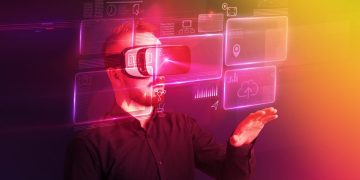
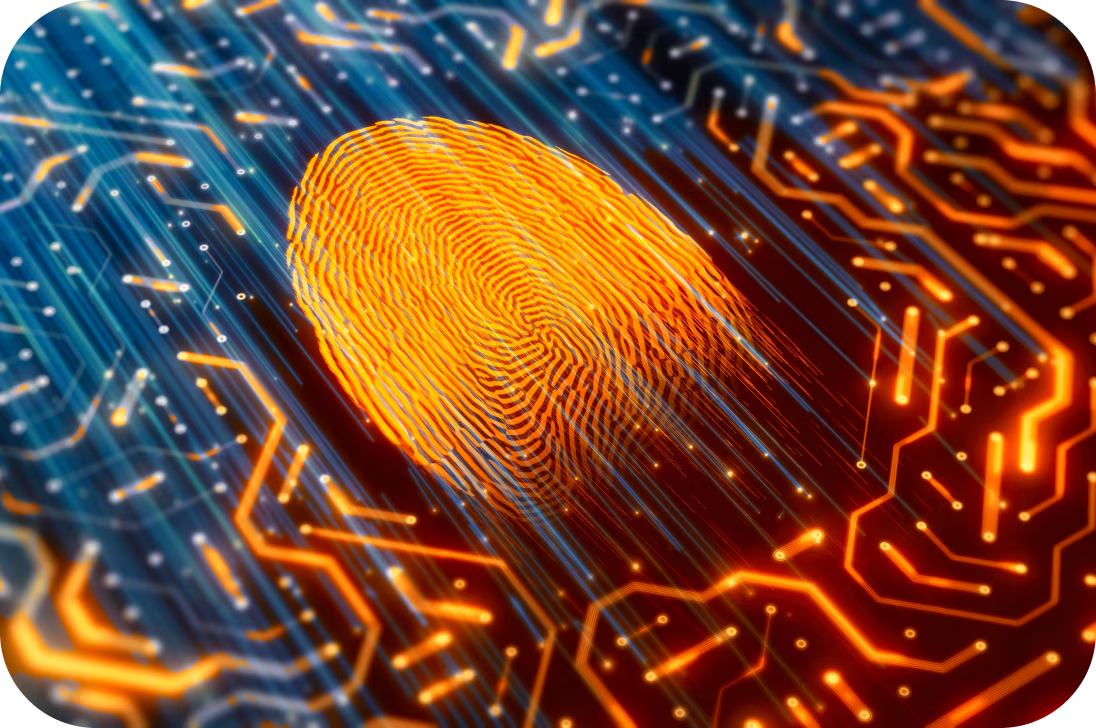
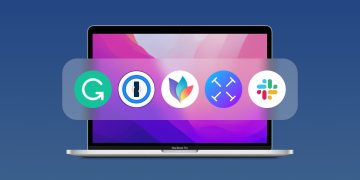






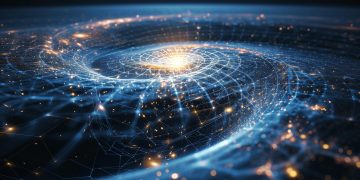





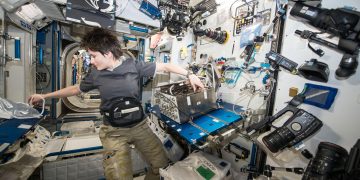
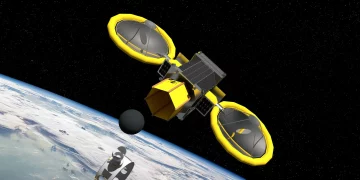




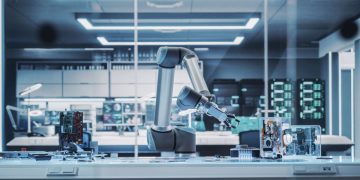

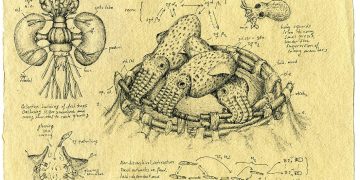






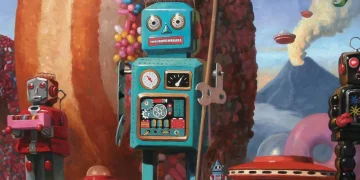
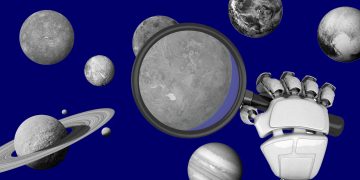

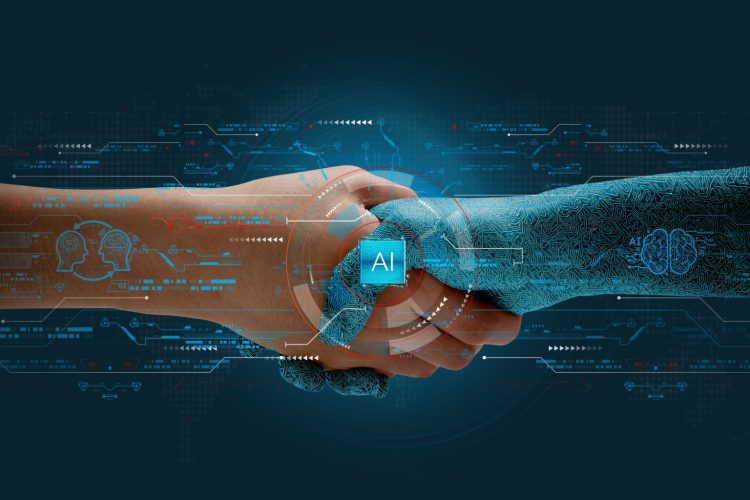












Discussion about this post